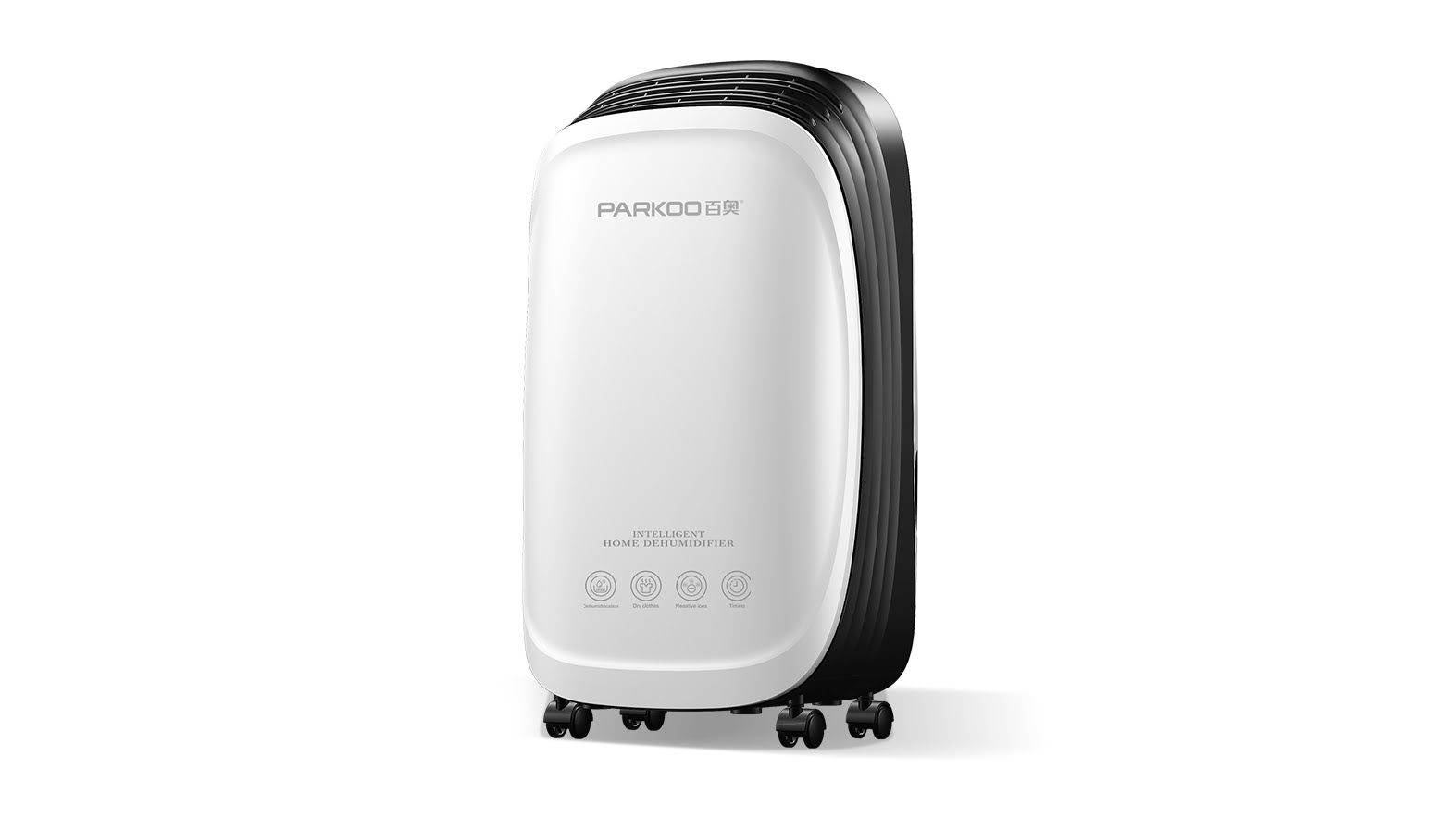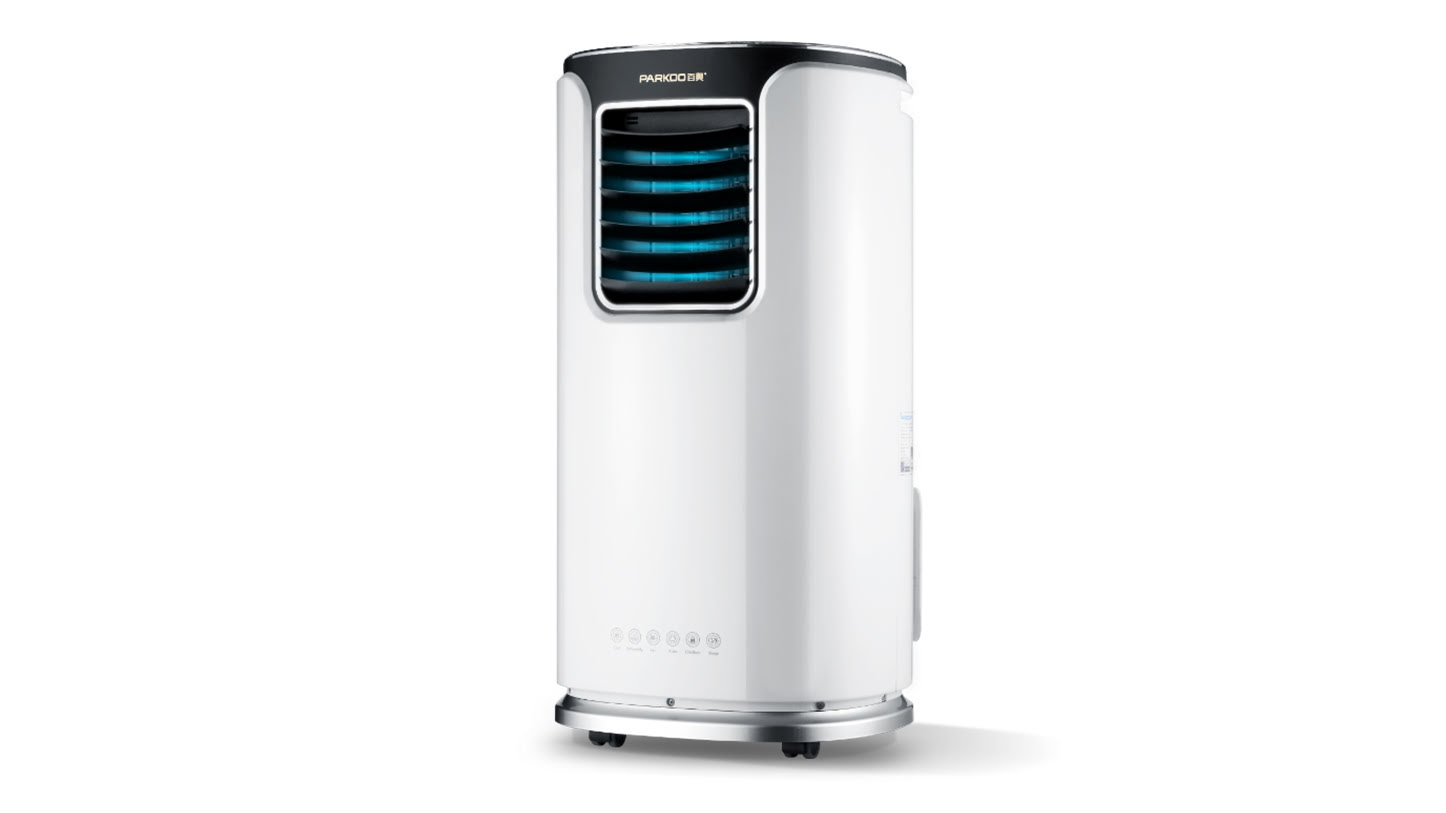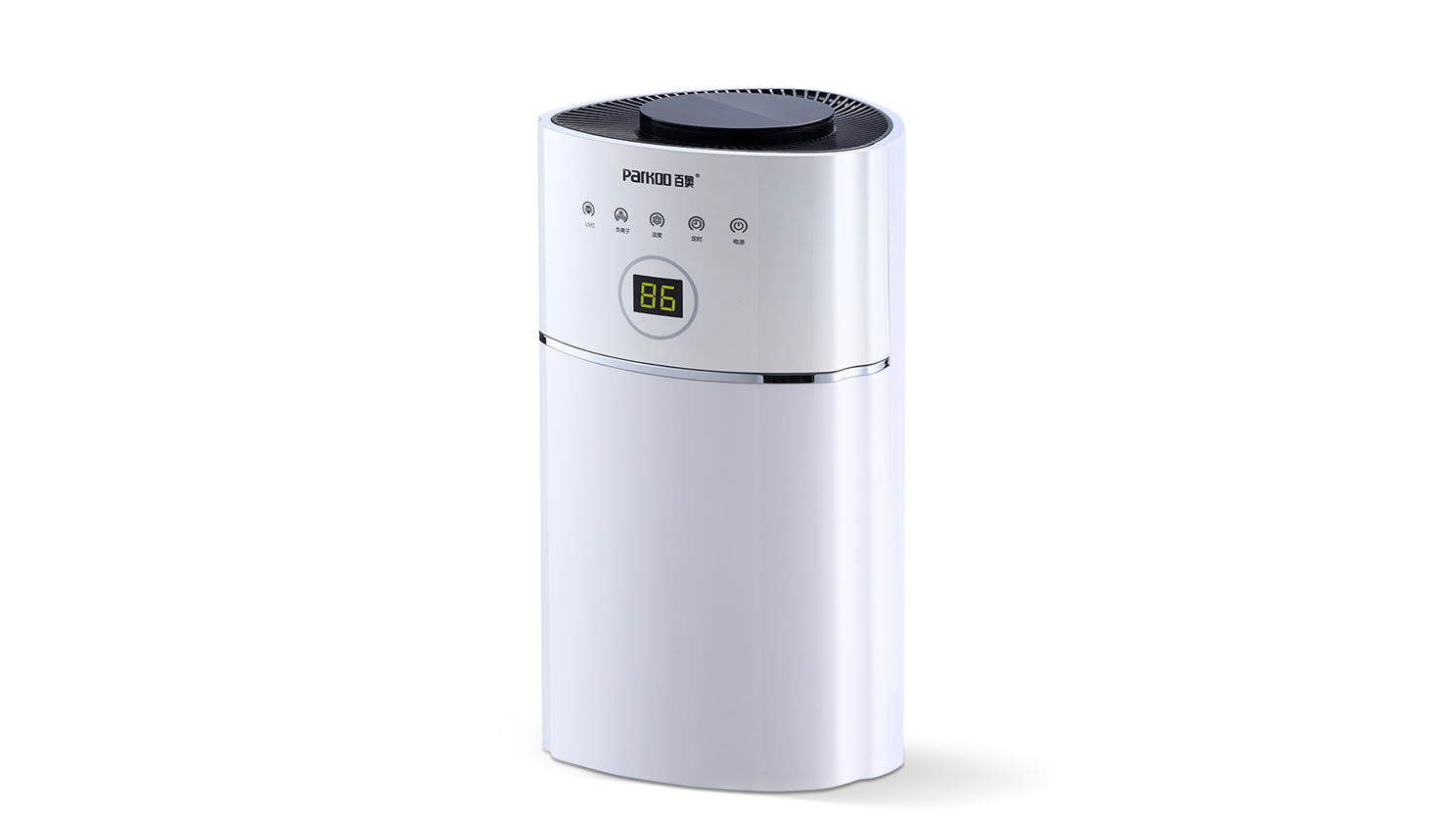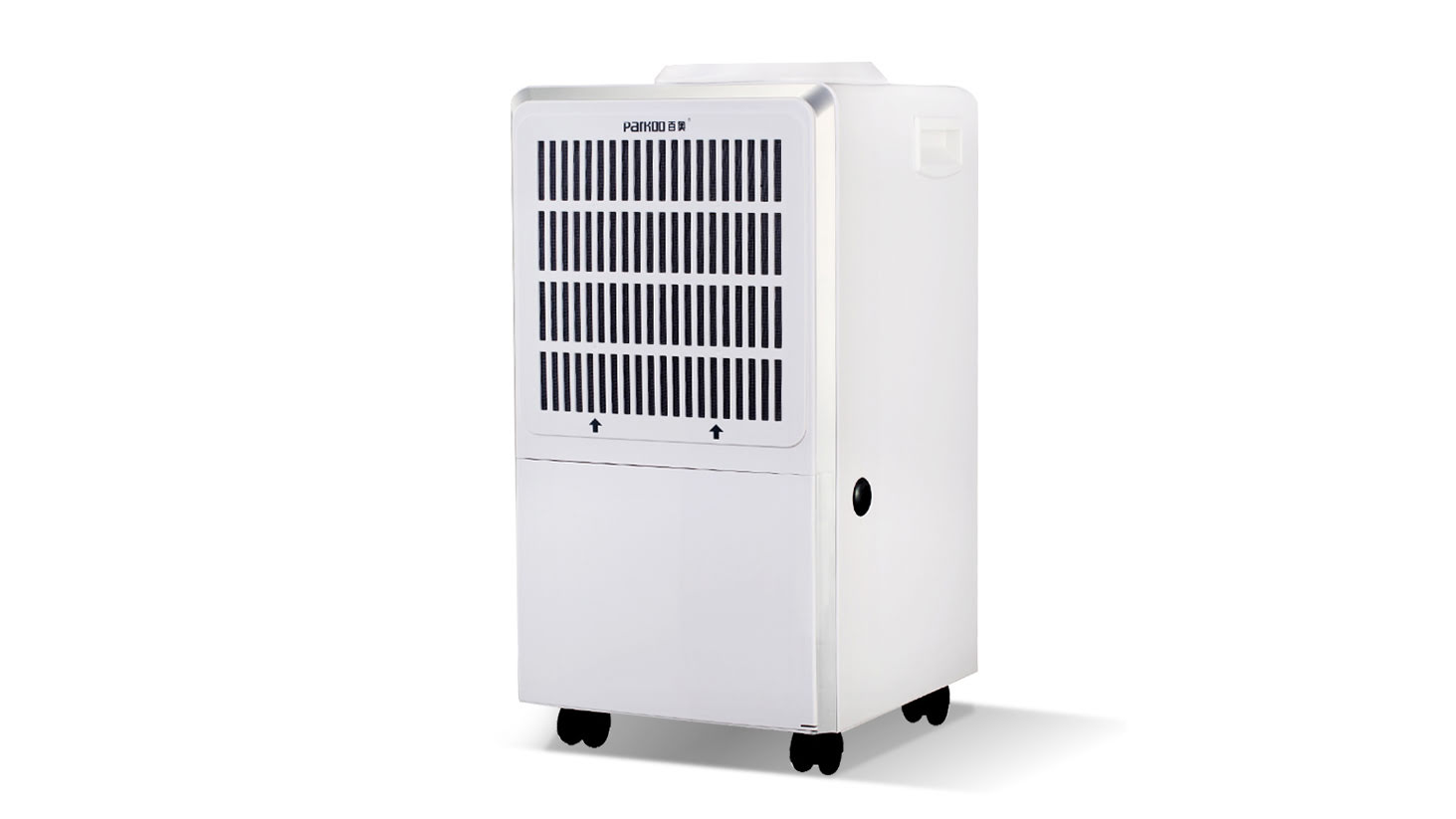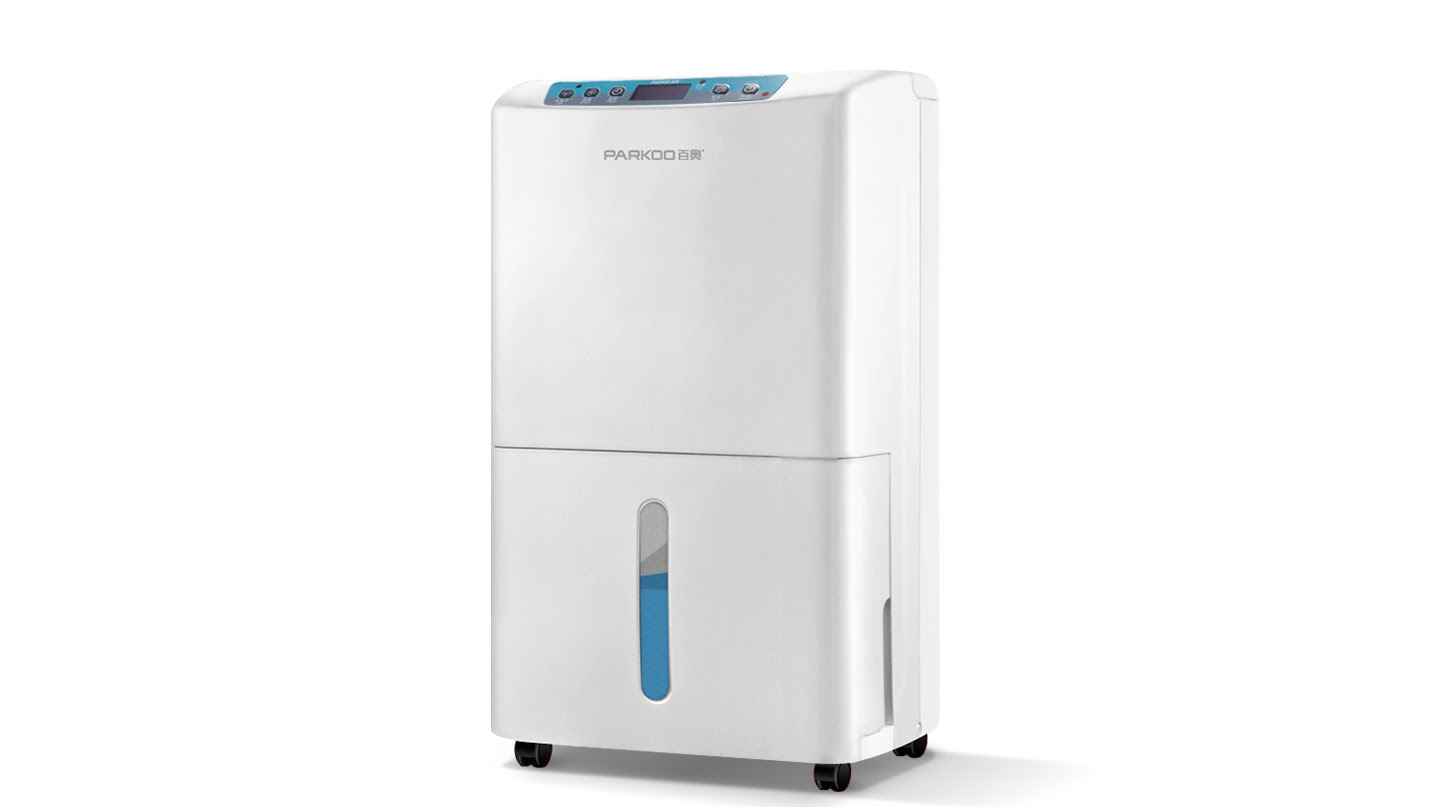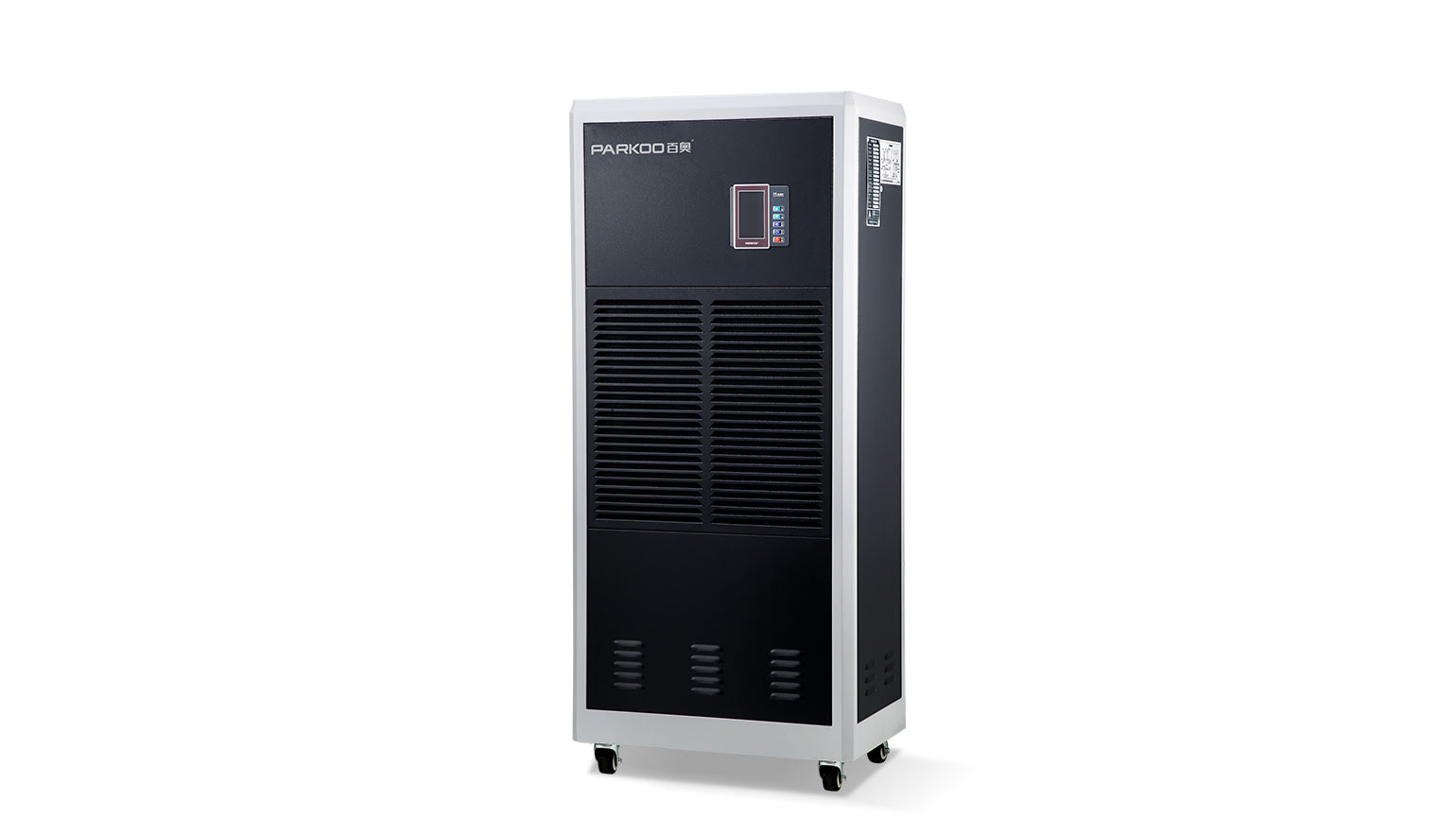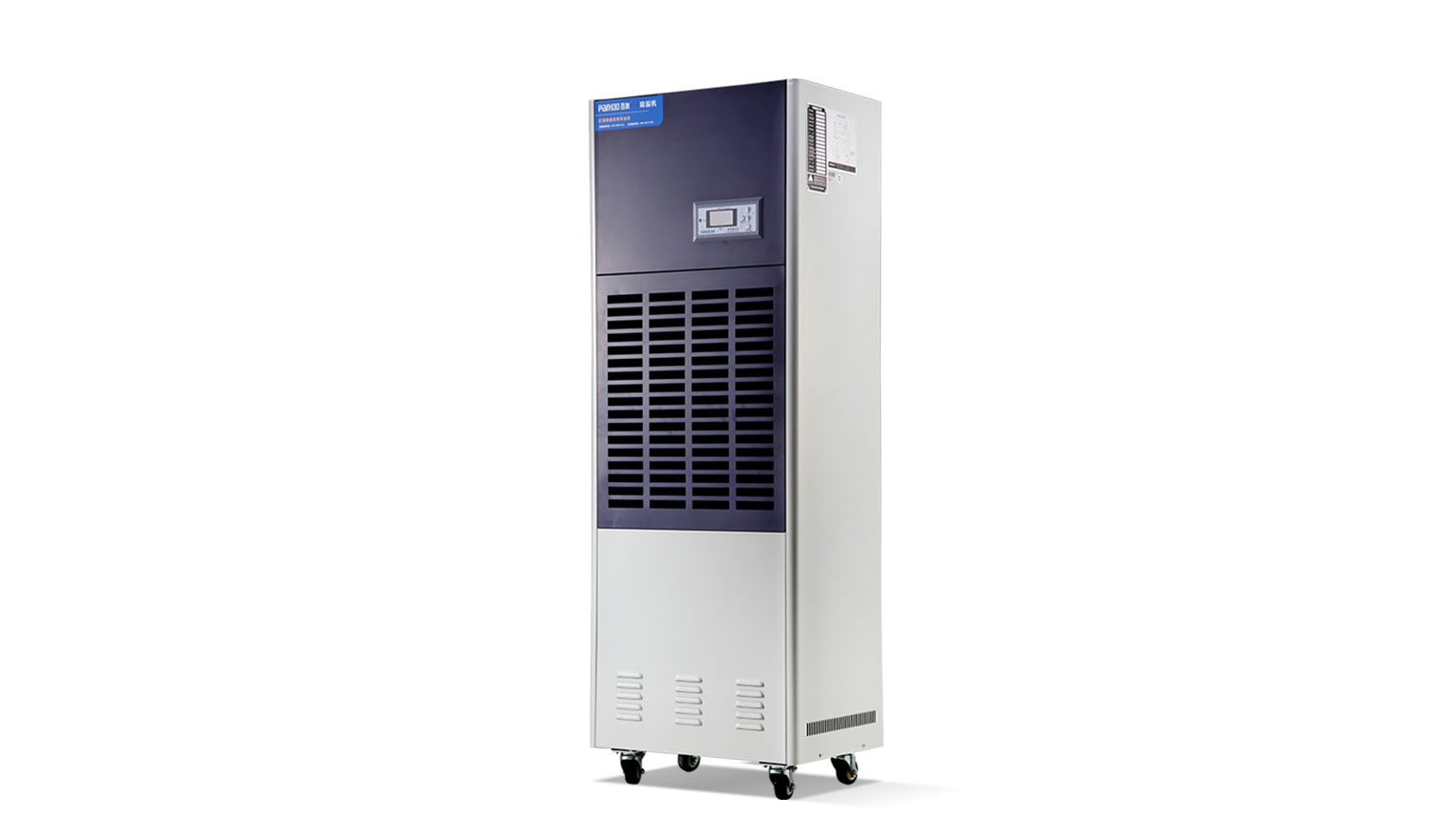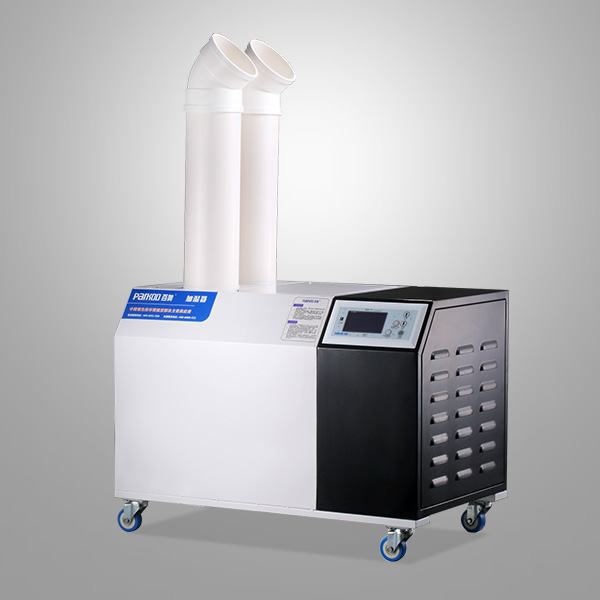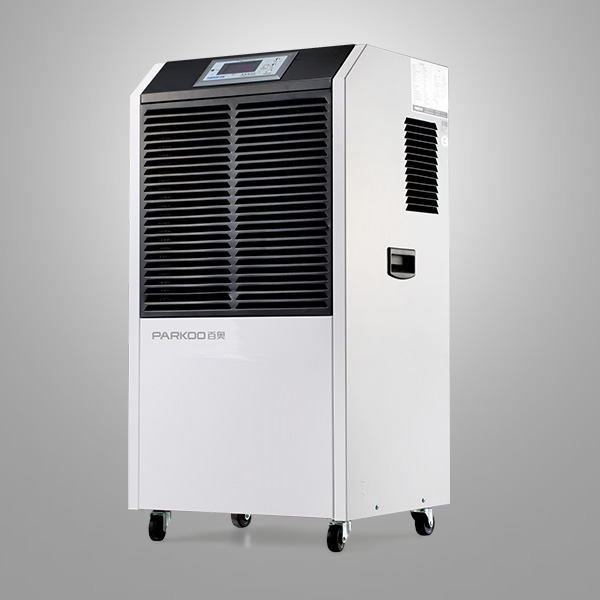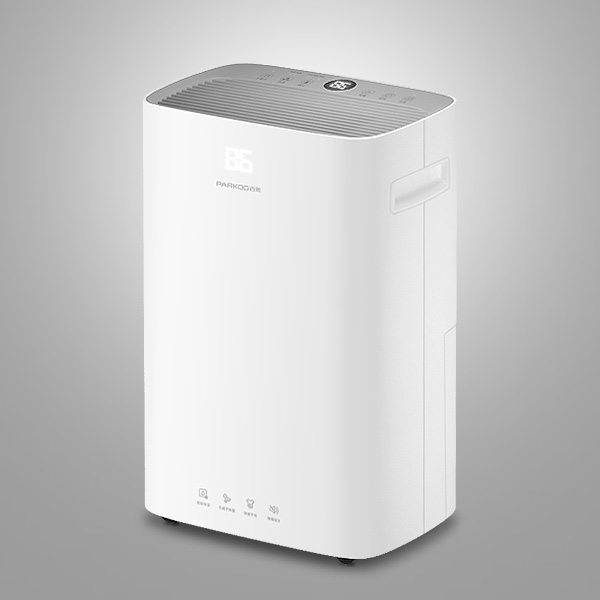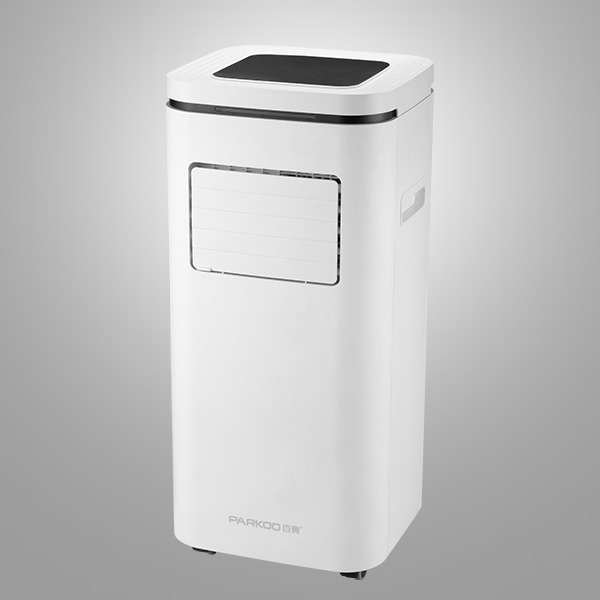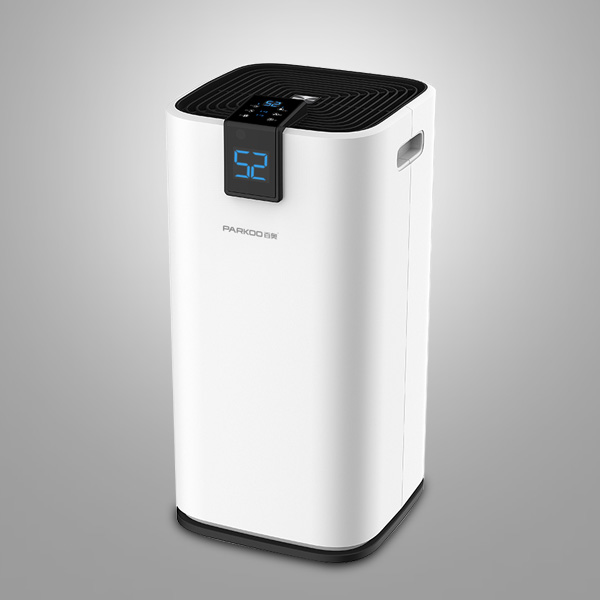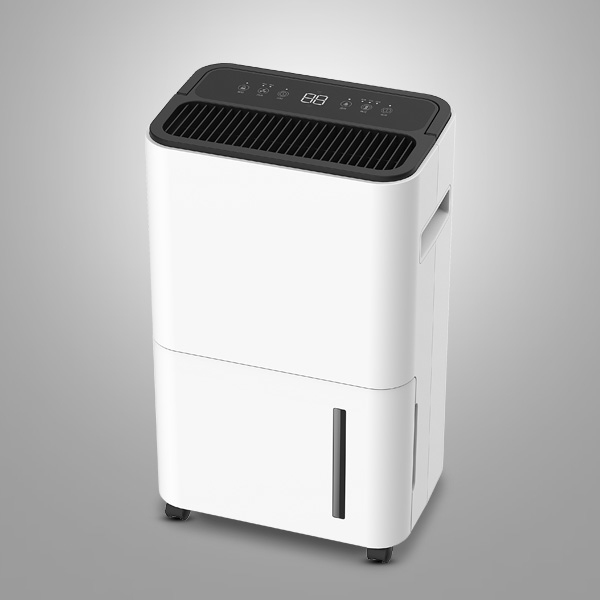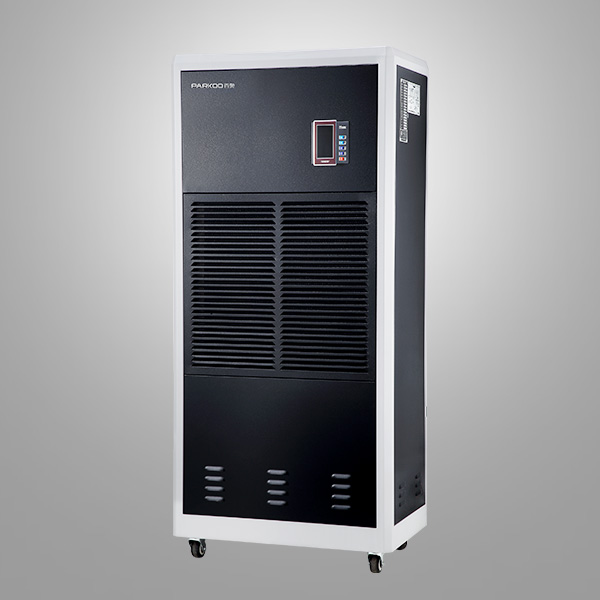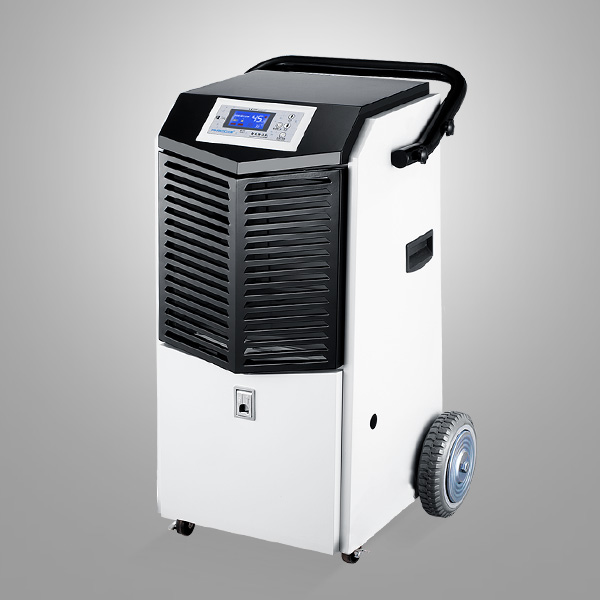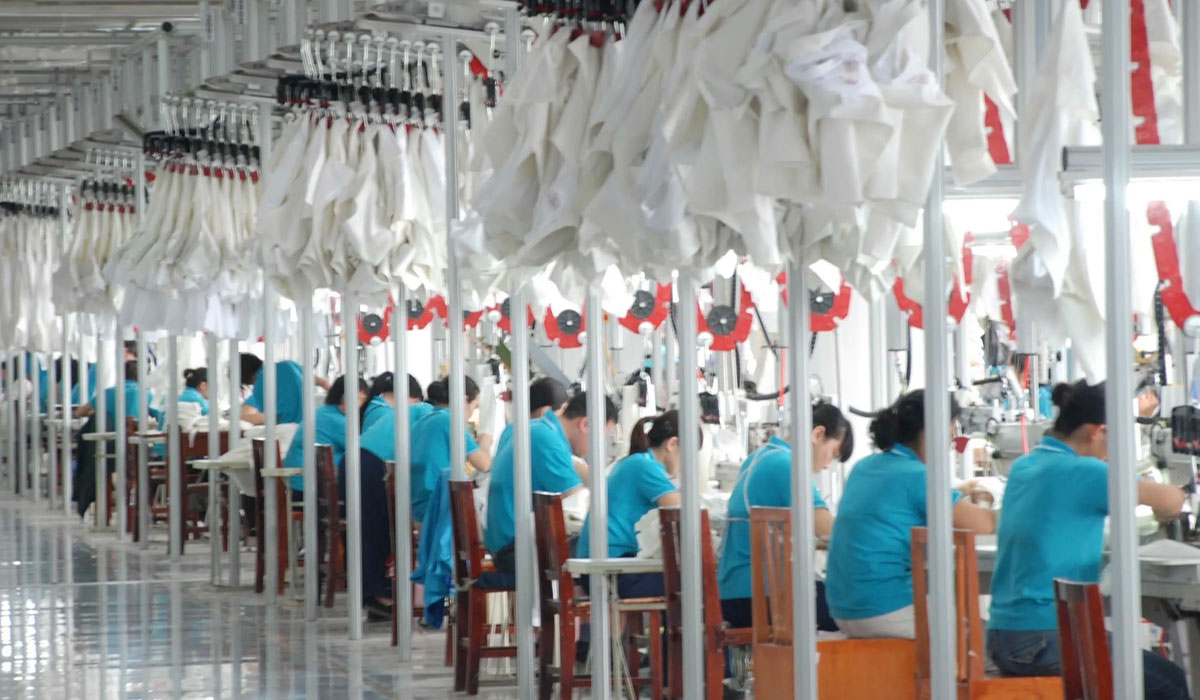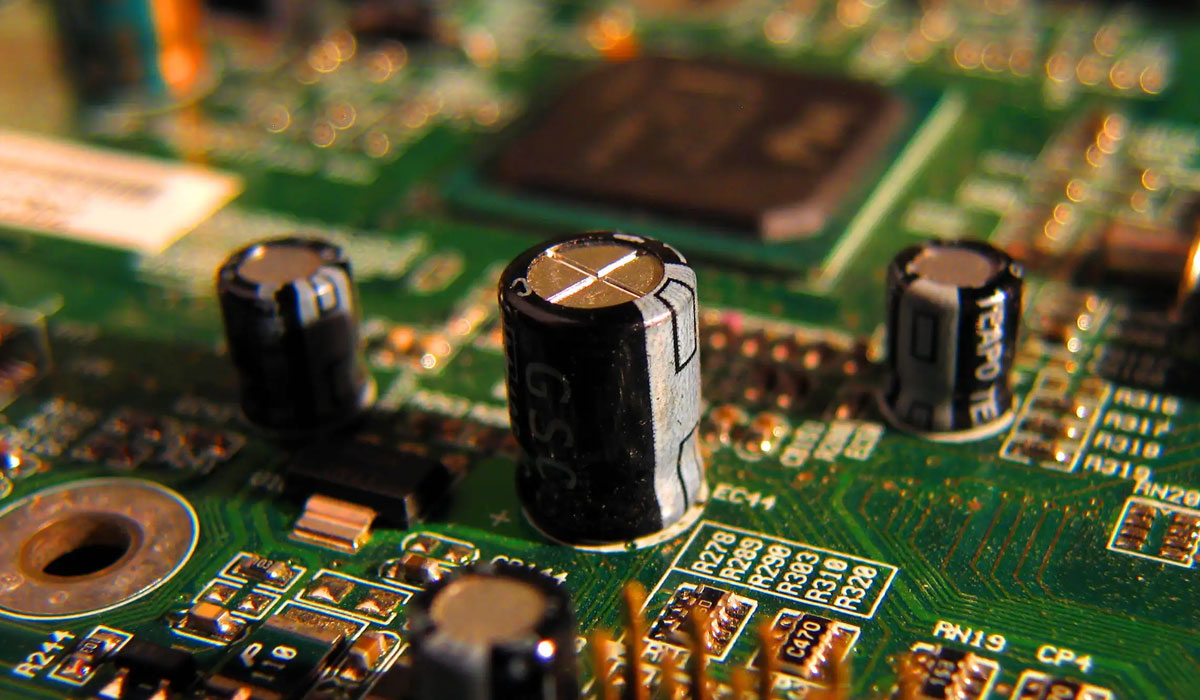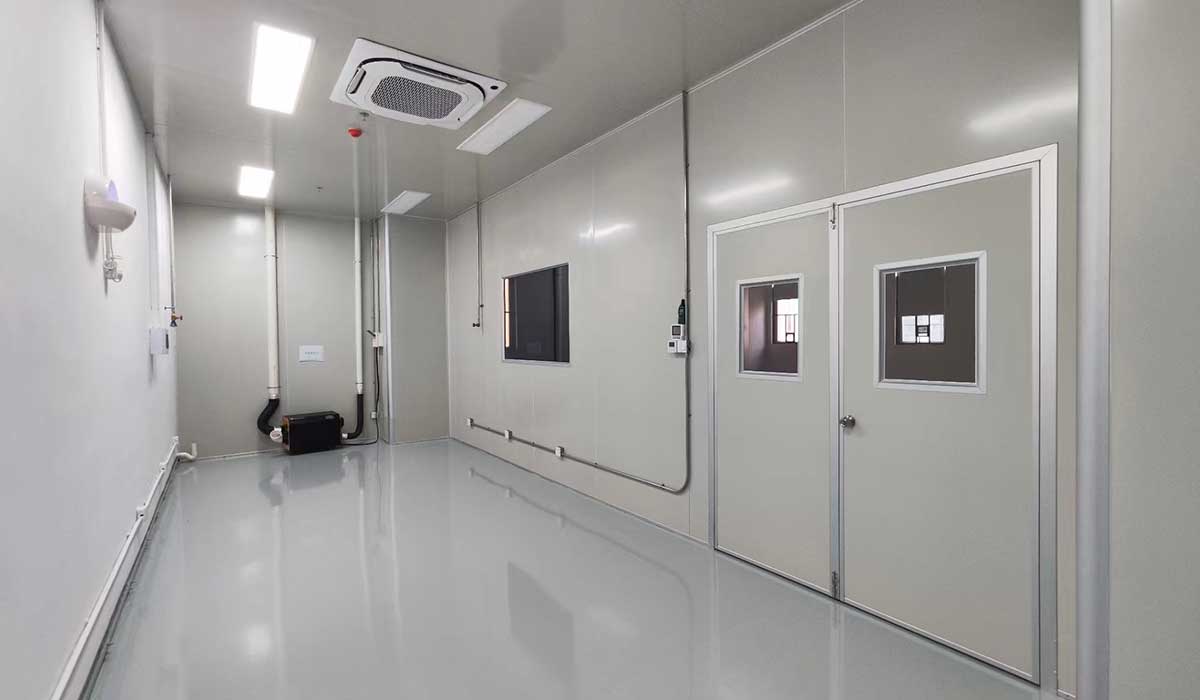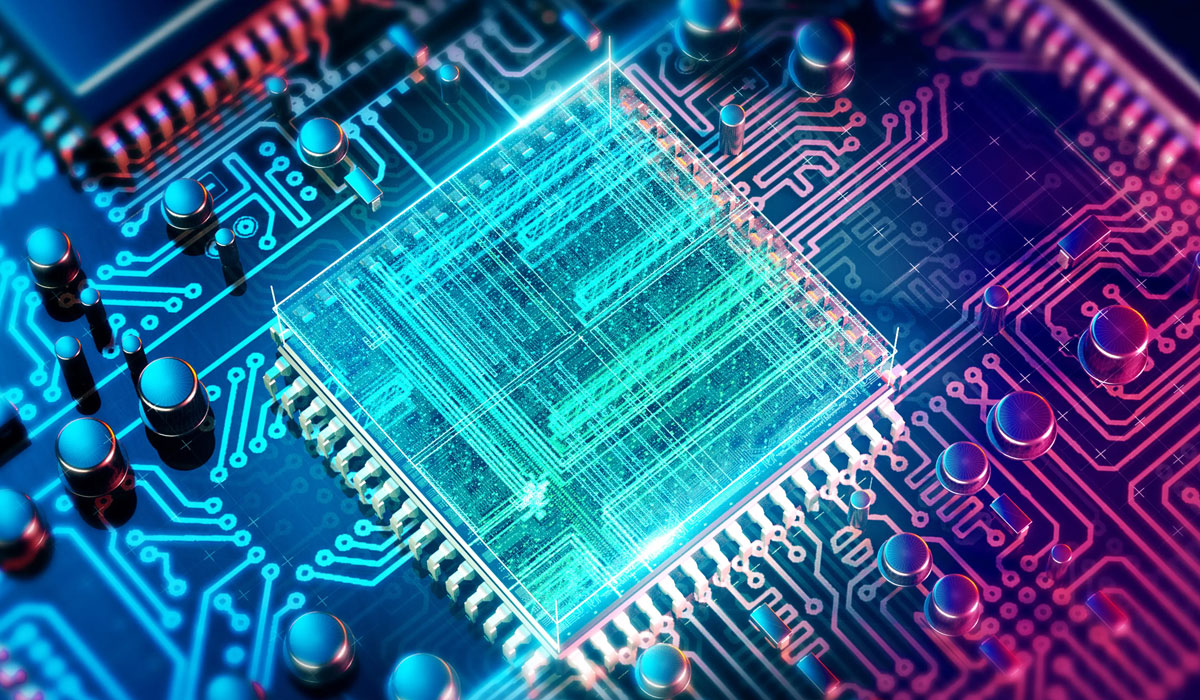The humidity control system increases or removes water vapor from indoor air to maintain an appropriate humidity range
Due to three reasons, humidity control is important:
1. This is an important factor in people's thermal comfort 2. Excessive moisture in buildings can lead to mold and mildew, leading to problems with indoor air quality 3. This is a huge energy user. In humid climates or seasons, individual dehumidification can be a quarter to one-third of the cooling energy. However, even in dry climates or seasons, humidification is not a significant energy load.
Humidity is most commonly measured by relative humidity, which is the ratio of humidity in the air to the maximum possible saturation of the air at a given temperature. The warmer the air, the more water vapor it can hold. Absolute humidity is the actual amount of water molecules in the air
Humidity charts can help draw absolute and relative humidity data, as well as the temperature of your website, to help you understand how much humidity control may be required in your design.
. The horizontal line represents absolute humidity, while the relative humidity is displayed as a curve, ranging from 10% at the lowest point to 100% (dew point) in the upper left corner of the graph The energy efficiency of dehumidification is measured through the "energy factor" of the equipment. This is the amount of energy consumed per kilowatt hour and the amount of water removed from the air. A higher energy coefficient means higher efficiency, with performance ranging from 1 liter/kW to over 4 liters/kWh
Comfort and Health
The humidity range for comfort varies depending on temperature (higher temperature, lower humidity, more comfortable), but is usually between 35% -50% of relative humidity To avoid mold growth, it is best to keep the humidity below 40%. The living area is well ventilated
Control
In order to maintain humidity within a comfortable range, a humidity sensor should be installed inside the building's thermostat.
. If they do not, you can specify a separate Hygrometer system to control the humidifier and dehumidifier separately from the rest of the HVAC system. However, when humidity control is combined with temperature control, comfort and energy efficiency will be bettermechanical Dehumidifier. They are electric pumps that dehumidify air through cooling. Mechanical dehumidification is not the most energy-efficient means of dehumidification, but it is the most common because it uses standard and ubiquitous technology
The water that appears as droplets now drips down from the condenser coil, so that more water vapor can condense there.
. It may fall into a drainage ditch or be regularly emptied by the occupants or staff of the building. In devices with external windows, it often only drips onto anyone or below
